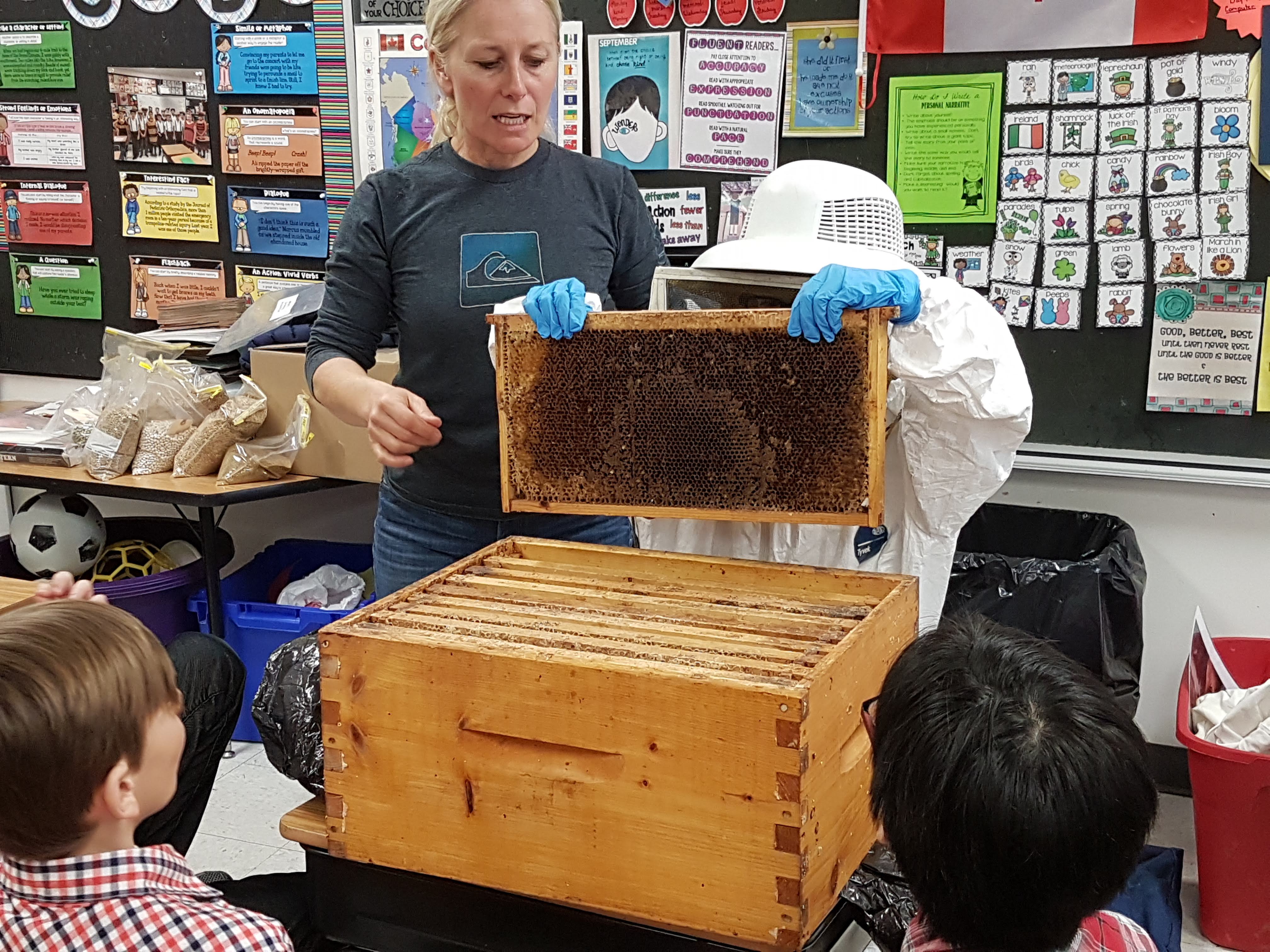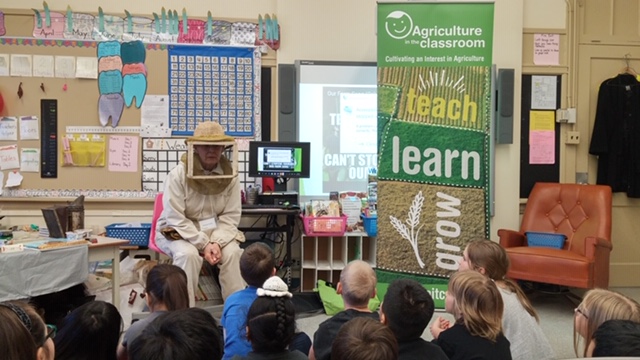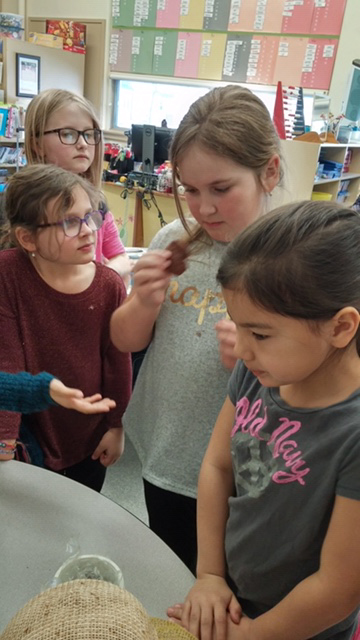
Farming is one of the oldest crafts, with a body of knowledge that has been expanded and refined for thousands of years. After all, as the old saying goes, “everyone’s gotta eat.” Yet many Canadians have never had a chance to learn about our country’s farming tradition, and the complex system that brings healthy, sustainable food from the farmer’s field to their plates.
This is where Canadian Agriculture Literacy Month (CALM) comes in. More precisely, into the classroom, where every March agriculture comes alive for young Canadians. Guided by sector professionals, students try hands-on activities like growing plants, tasting honey samples, or interacting with animals from nearby farms. This year, CALM is celebrating its 10th anniversary, and has a footprint in all ten provinces, reaching nearly 60,000 students from kindergarten to Grade 12.
A Prairie tradition
In Winnipeg, Victory School has participated in every year of CALM. Cheryl McQueen has coordinated classroom visits for her Grade 2/3 classes as well as for the entire school.

McQueen is driven by a strong desire to put kids in touch with the area’s agricultural roots.
“If kids can picture the supply chain, it will help them make wise choices with what foods they want to eat and, down the road, what they want to feed their own families,” McQueen says. “Kids are making connections between what they see at school and what they see at home. Later, they’ll see how that’s linked to the larger community, as a country, and hopefully to the world as a whole.”
Growing the next generation of farming professionals
Agricultural literacy is a priority for Canada’s farmers and food processors, who are eager to tell the story of how they are working to produce safe, nutritious and sustainable food.
Agriculture in the Classroom Canada provides a national voice for agriculture education. Through programs such as Canadian Agriculture Literacy Month, it creates awareness of our country’s agriculture and food industries, in hopes that the kids of today will be the agricultural leaders of tomorrow. That familiarity is exactly what the group hopes kids cultivate, no matter what careers they pursue.
“Our goal is to make careers in the agriculture sector tangible,” says Melissa Galay, an education specialist at Agriculture in the Classroom. “Even if the students don’t want to go into primary production, there are good careers that tie in with agriculture. For us, it’s really important to provide that diversity of access to all provinces.”

There is a real sense of excitement around this year’s milestone Agriculture in the Classroom events, which have moved online to accommodate COVID-19 physical distancing requirements. Minister Bibeau opened this year’s Canadian Agricultural Literacy Month with a video message, and participated in a virtual farm tour with students in addition to announcing $1.6M in funding for Agriculture in the Classroom.
At Canada’s Agriculture Day on February 23rd, the organization unveiled a new version of its Real Dirt on Farming publication, specially-tailored for use in the classroom. This follows their recent announcement that they will be taking part in a new program to introduce youth in kindergarten through Grade 12 to the career opportunities available to them in the plant-protein, agri-food and digital agriculture sectors.
A memorable experience
Emma Sparks-Areia is in Grade 5 at Victory School. She always looks forward to the month of March, when agricultural professionals visit her school. She mentions that beekeepers, graphic designers, even representatives from STEM industries – those working in science, technology, engineering and mathematics – have all showcased the many faces of agriculture. “They all talked about how their jobs relate to agriculture,” Emma says. “There’s a lot more in common with agriculture than I thought.”
Even after CALM wraps up each year, there’s one central word on Emma’s mind: “agriculture.”
“It’s my favourite word now,” she says. “I got familiar with it and I like saying it. It’s a juicy word.”

Agriculture in the Classroom is funded in part by the Canadian Agricultural Partnership, a $3-billion five-year (2018-2023), investment by federal, provincial and territorial (FPT) governments to strengthen and grow Canada's agriculture and agri-food sector.
Get more Agri-info
- Want more stories like this? Explore what else Agri-info has to offer.
- Interested in reporting on this story? Contact AAFC Media Relations at aafc.mediarelations-relationsmedias.aac@agr.gc.ca to arrange an interview with one of our experts.